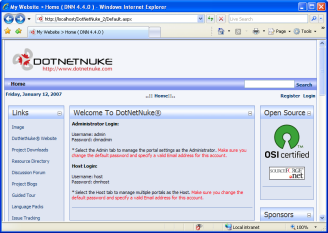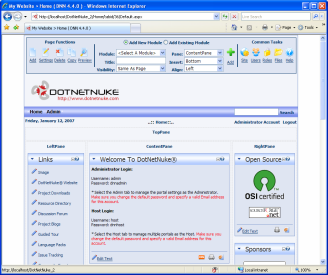The title sums up the puzzling conclusion in a recent 6th Circuit Court of Appeals ruling (CA6 Grusenmeyer Decision.pdf) in a decision about a copyright infringement claim filed by Cleveland architect Jeffrey Grusenmeyer.
Grusenmeyer had contracted to provide a “master plan” for Magnificat High School. The master plan was provided to Magnificat in hardcopy format, Magnificat paid the architect $15,000 as agreed in the contract, and the project was apparently concluded. Some time later, a Magnificat facility manager requested DWG files for “personal use”. Grusenmeyer asserted at the time that he retained all rights to the DWG files but agreed to provide them on the condition they only be used internally and not be further distributed.
Fast forward to the eventual “request for proposal” for an anticipated new building at the school. Upon request, Magnificat provided the Grusenmeyer files to the defendants (a competing architectural firm), who then used portions of the files in their winning proposal. The defendants were aware that Grusenmeyer claimed copyrights to the files, but they used the files anyway. The appeals court notes that “[a]ccording to the individual DSC architects, such reliance on drawings of existing conditions is routine in the industry.”
In affirming the district court’s summary judgement in favor of the defendants, the appeals court noted that the contract between Grusenmeyer and his client (Magificat High School) provided that Grusenmeyer would “provide a master plan for the implementation of the capital improvements program, including plans, renderings, and perspectives suitable for use in presentation and future reference during master plan implementation.” They concluded that this “plain language” gave Magnificat permission to send the AutoCAD DWG files to Grusenmeyer’s competitor.
The district court had previously ruled that Grusenmeyer’s drawings were not sufficiently original to warrant copyright protection, but the appeals court did not address the copyrightability issue at all, dismissing the infringement claim out of hand with their opinion that Grusenmeyer had already given Magnificat carte blanche copyrights to the files vis a vis the quoted clause in their contract — even though the files were never provided as part of the contract!
I think the court erred in determining that the DWG files were subject to the terms of the master plan contract (its incorrect interpretation of the contract notwithstanding), but what I find really surprising in the ruling is the appellate court’s complete disregard of the plaintiff’s claimed and federally registered copyrights.
The moral of the story
If you are providing electronic files, don’t rely on copyright law alone to protect your intellectual property. This case reinforces the 3 C’s for protecting AutoCAD DWG files: copyright, contract, and CADLock.
Update
William Patry (Senior Copyright Counsel, Google Inc.) writes about this case at The Patry Copyright Blog: Make Sure the Contract is Signed.

